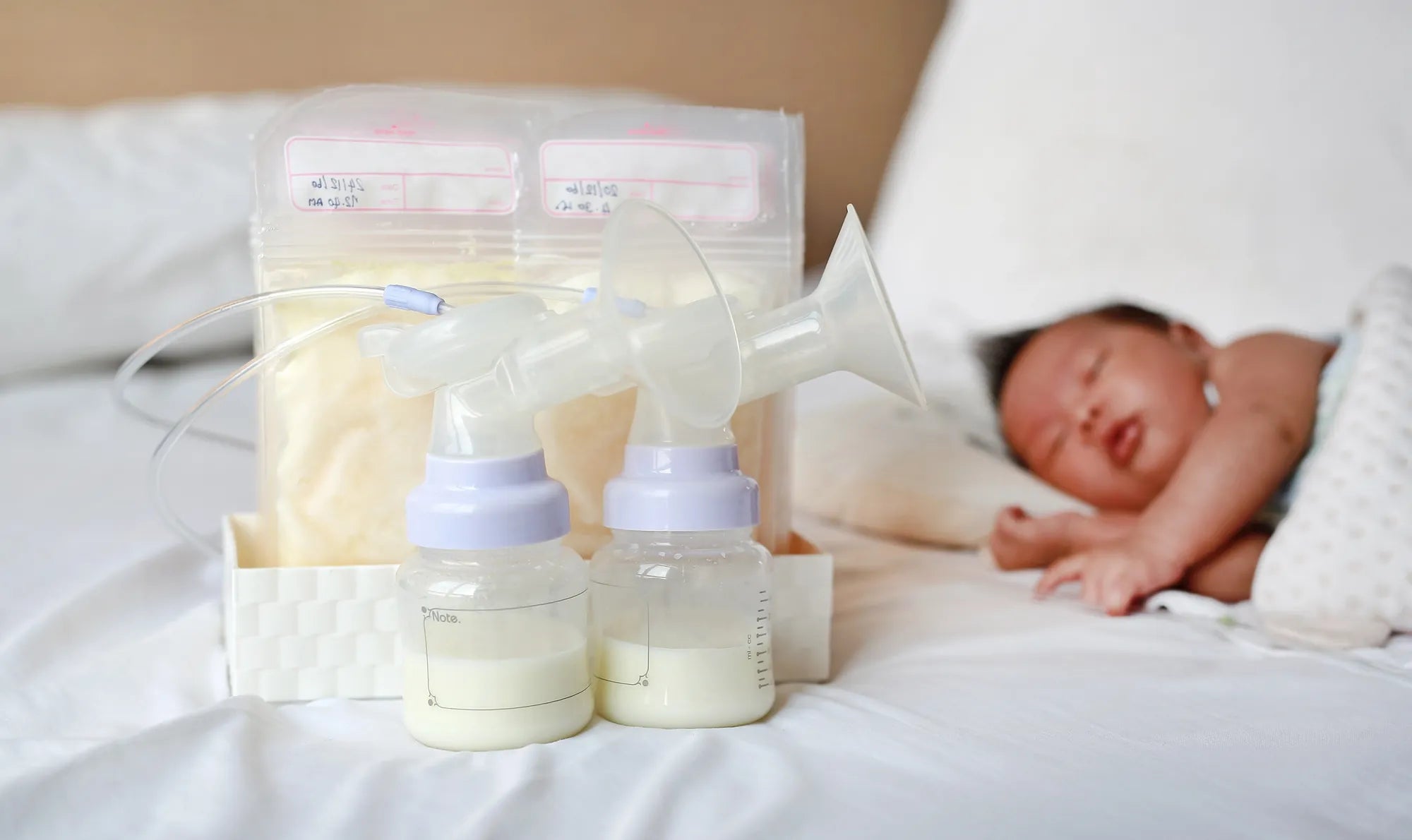Startseite
Pregnancy, Breastfeeding, and Pumping: The Ultimate Guide for Moms
How to Produce More Breast Milk While Pumping: A Comprehensive Guide

How to Produce More Breast Milk While Pumping: A Comprehensive Guide
For many nursing mothers, producing enough breast milk while pumping can be a challenging yet essential part of their breastfeeding journey. Whether you're returning to work, managing a busy schedule, or simply looking to build a stash, understanding how to maximize milk output during pumping sessions is crucial. This guide will explore proven methods, backed by science and expert advice, to help you produce more breast milk while pumping.
Understanding the Science Behind Breast Milk Production
Breast milk production operates on a supply-and-demand basis. The more milk is removed from the breasts, either through nursing or pumping, the more your body is signaled to produce. Prolactin, the hormone responsible for milk production, is stimulated when the breasts are emptied. Therefore, frequent and effective pumping sessions are key to increasing milk supply.
Optimize Your Pumping Routine
Consistency is vital when it comes to pumping. Establish a regular pumping schedule that mimics your baby's feeding patterns. Aim to pump every 2-3 hours, including at least one session during the night, as prolactin levels are higher in the early morning hours. Ensure each session lasts 15-20 minutes to fully empty the breasts.
Use the Right Pumping Techniques
Proper pumping techniques can significantly impact milk output. Start with a gentle massage to stimulate letdown. Use a double electric pump to save time and encourage simultaneous milk removal from both breasts. Adjust the suction strength to a comfortable yet effective level, and consider using breast compressions during pumping to maximize milk flow.
Stay Hydrated and Nourished
Hydration and nutrition play a critical role in milk production. Drink plenty of water throughout the day, and incorporate lactation-friendly foods like oats, fenugreek, and leafy greens into your diet. Avoid excessive caffeine and alcohol, as they can dehydrate you and potentially reduce milk supply.
Manage Stress and Rest
Stress and fatigue can negatively impact milk production. Prioritize self-care by getting adequate rest, practicing relaxation techniques, and seeking support from loved ones. A calm and relaxed state can enhance your body's ability to produce milk.
Consider Power Pumping
Power pumping is a technique designed to mimic cluster feeding and boost milk supply. It involves pumping for 20 minutes, resting for 10 minutes, and repeating this cycle for an hour. Incorporate power pumping sessions 1-2 times a day for several days to see an increase in milk production.
Monitor Your Progress
Keep track of your pumping sessions, noting the duration, frequency, and milk output. This will help you identify patterns and make adjustments as needed. Celebrate small victories, as even a slight increase in milk production is a step in the right direction.
Seek Professional Support
If you're struggling to produce enough milk, consult a lactation consultant or healthcare provider. They can assess your pumping technique, identify potential issues, and provide personalized recommendations to support your breastfeeding goals.
By implementing these strategies, you can enhance your milk production and make pumping a more effective and rewarding experience. Remember, every mother's journey is unique, so be patient and kind to yourself as you navigate this process. With dedication and the right approach, you can achieve your breastfeeding goals and provide your baby with the nourishment they need.
Teilen


